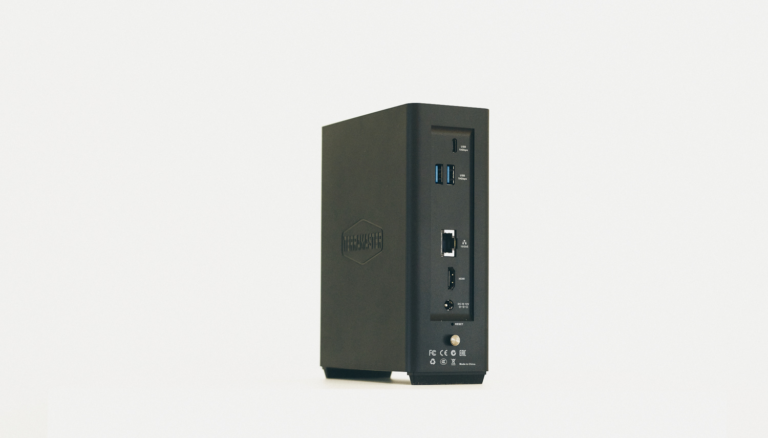I’ve always been interested in setting up my very own NAS server. There are many uses and advantages of a dedicated NAS server as opposed to standalone hard drives. A NAS is not a cheap investment, but TerraMaster aims to change that with their new F8 Plus SSD NAS.
When I first started researching NAS servers, I primarily viewed them as a solution for storing my image archives and backing them up. This, of course, is a very viable solution for the long-term storage of dozens of terabytes of files. However, with fast internet connections now available in many households, network-attached storage becomes much more than that. It can act as a real-time backup solution, a quickly accessible editing drive you don’t need to carry with you, and so much more.
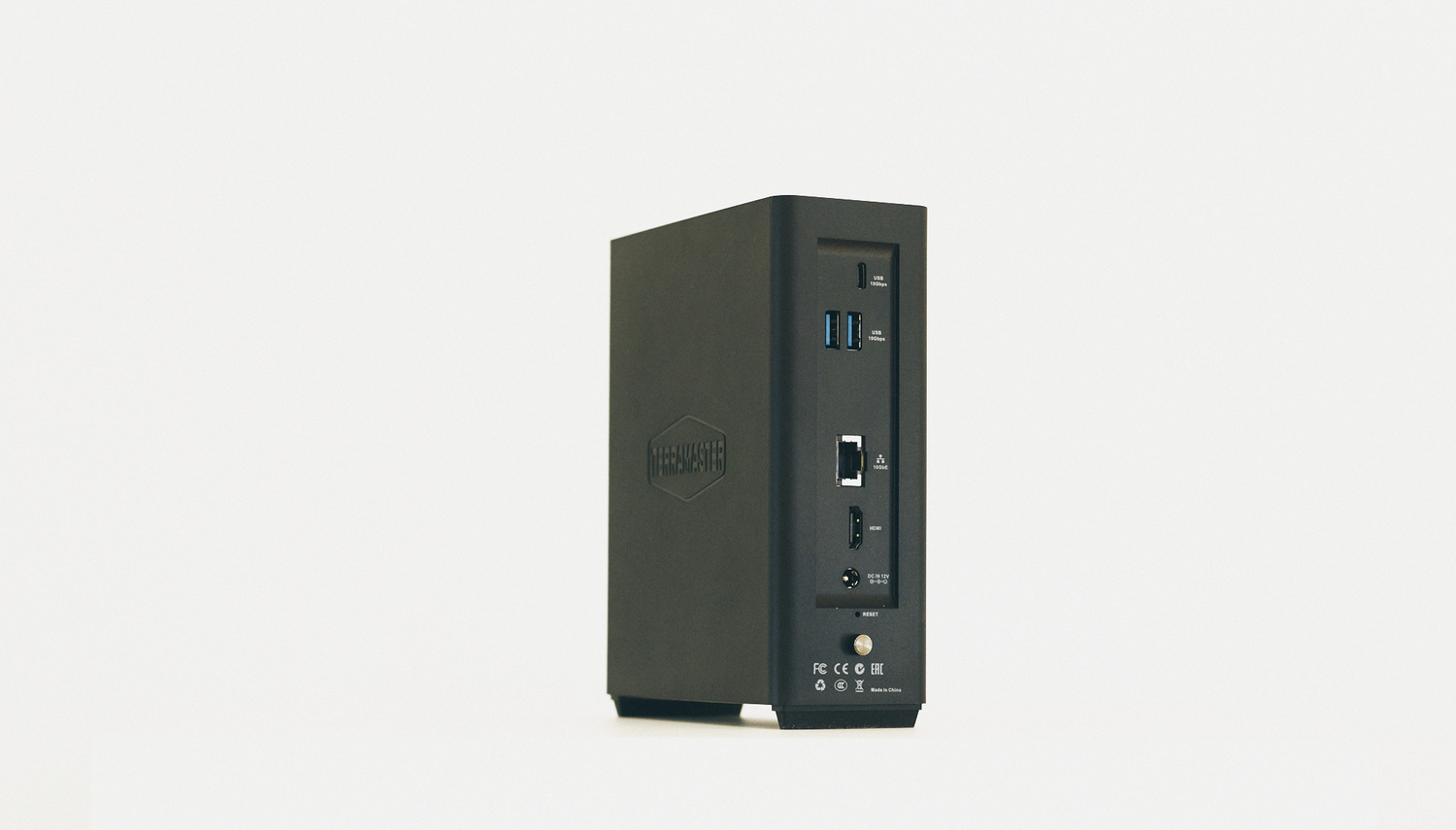
I have been a Mac user for the longest time. While there are many great things about a MacBook, there is one major downside: the storage. It’s not that you can’t add storage to a MacBook; it’s that as soon as you start adding storage, the price skyrockets. Nowhere is this more evident than in the way the Mac Mini is priced, starting at $599 for the base model and an extra $800 for 2 TB of storage. Enough said.
Because of this storage problem, I have historically relied on a fleet of external SSD drives. With 512 GB of storage on my Mac, I really can’t handle a large production and save it on the internal drive. The problem, of course, is that sometimes those SSDs get left behind and don’t make it to the set. If the production spans several days, this becomes a real issue. It may be manageable with photos, but as soon as you venture into video, storage demands skyrocket. Being able to store files remotely is a huge benefit for photographers.

Another benefit of storing files remotely is working with a team. There hasn’t been a shoot in my memory that didn’t involve a team. Sometimes deadlines are so tight that the retoucher has to start editing the images as soon as they are shot. The ability to access the entire library of raw files immediately is a huge advantage in terms of how quickly you can deliver files. For example, I recently had a shoot with a three-day turnaround—mind you, with high-end retouching and corrections in mind. It wasn’t easy, let me tell you. Being able to share the files immediately allowed the retoucher to meet the tight deadline.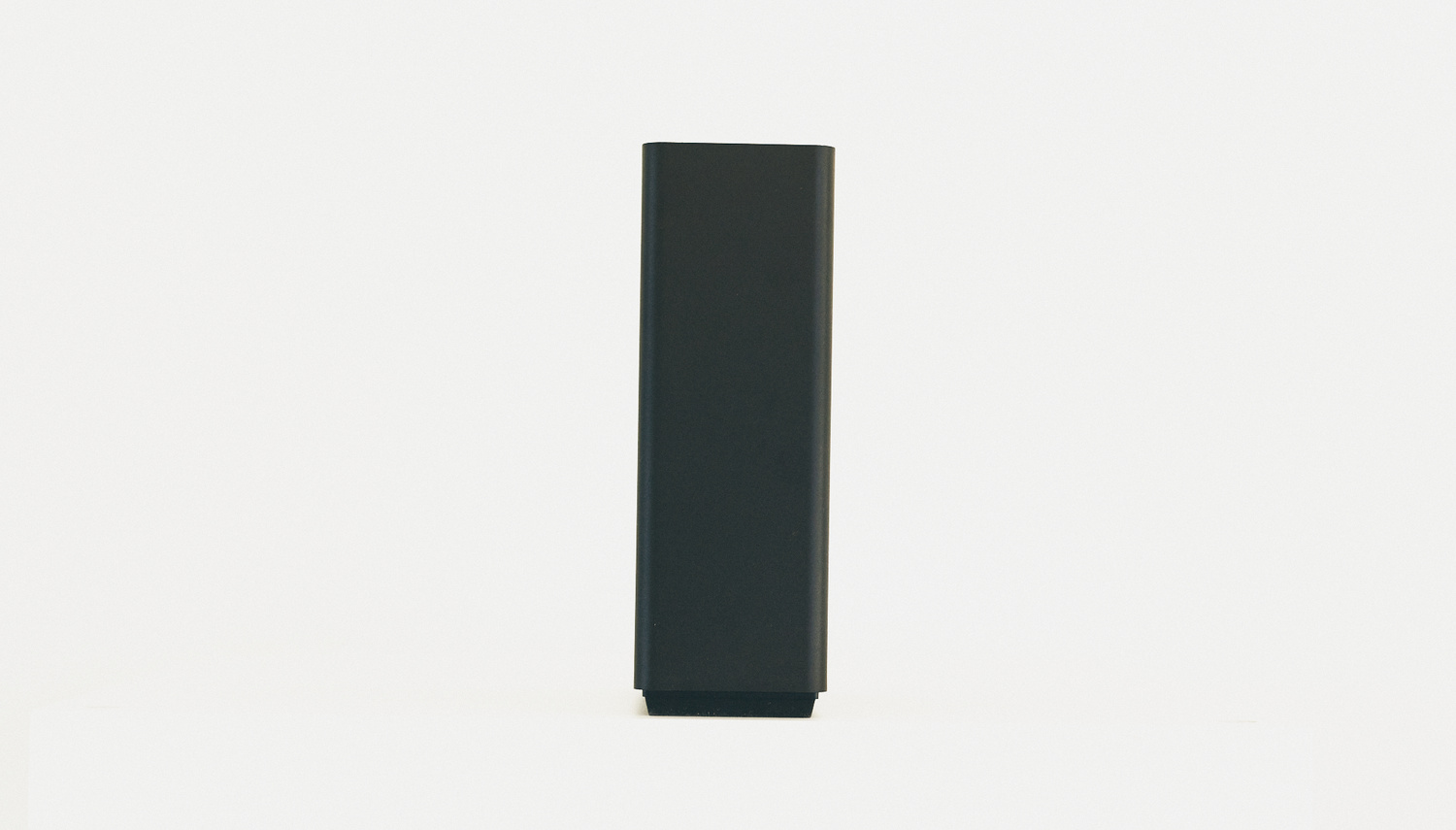
The reason I opted for an SSD-based NAS server instead of an HDD-based one is simple: speed. I knew I would be using my NAS as a work drive of sorts. It would either be my backup solution on set or my main drive when needed. Some other requirements included a compact footprint and low noise levels.
After looking online for solutions, the TerraMaster F8 Plus SSD caught my eye as a cost-efficient option. It balances price, upgradability, efficiency, and compactness.
Build Quality
The TerraMaster F8 Plus SSD ships in a fairly small, unassuming box containing the device itself, a few tools, assembly components, cables, and manuals. The device is made of decent plastic and features two rubber legs at the bottom for ventilation. Overall, it measures no larger than a standard book, coming in at 177x160x140 mm—a convenient size for most tables. The top and bottom have vents to aid with cooling. My unit has been largely silent, rarely needing to spin up to full RPM. On the back, there is a 10 Gbps Ethernet port and three USB ports (one USB-C and two USB-A). It also includes an HDMI port and a power input.
Inside the NAS, there are eight M.2 NVMe SSD slots. You can configure it to have up to 64 TB of storage using eight 8 TB SSDs. This is plenty for setting up a RAID storage solution. It supports RAID 0, 6, and 10, as well as an intelligent RAID option that works with drives of different sizes, offering better failure resistance and faster rebuild times.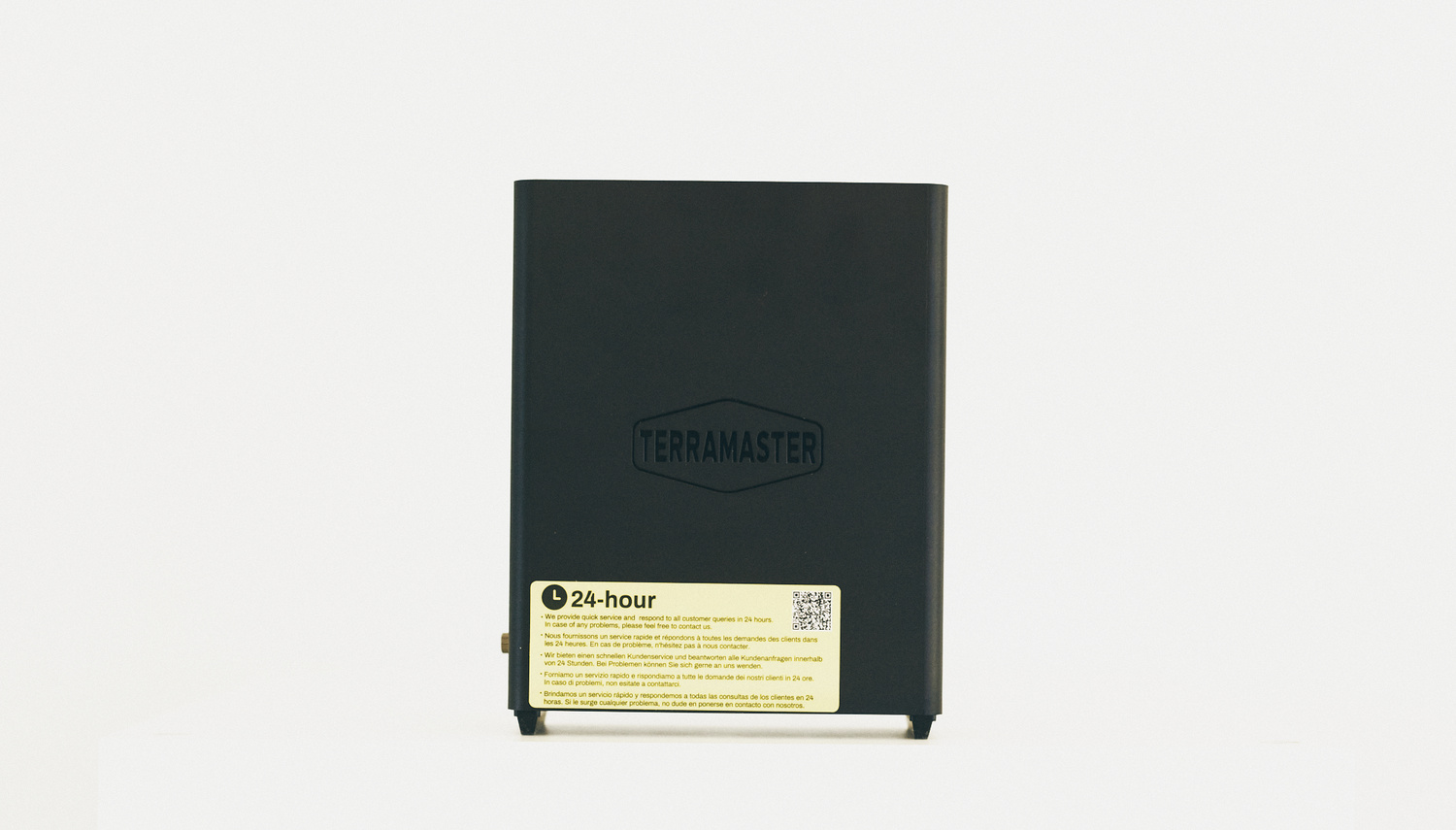
Installing the SSDs is easy. Simply slot your drives in, attach the necessary heat sinks, and you’re ready to go. However, the design of the slots requires screws to secure the SSDs, when a screwless design would be more convenient. Another issue is that the heat sinks attach with rubber bands, which can be flimsy and prone to breaking.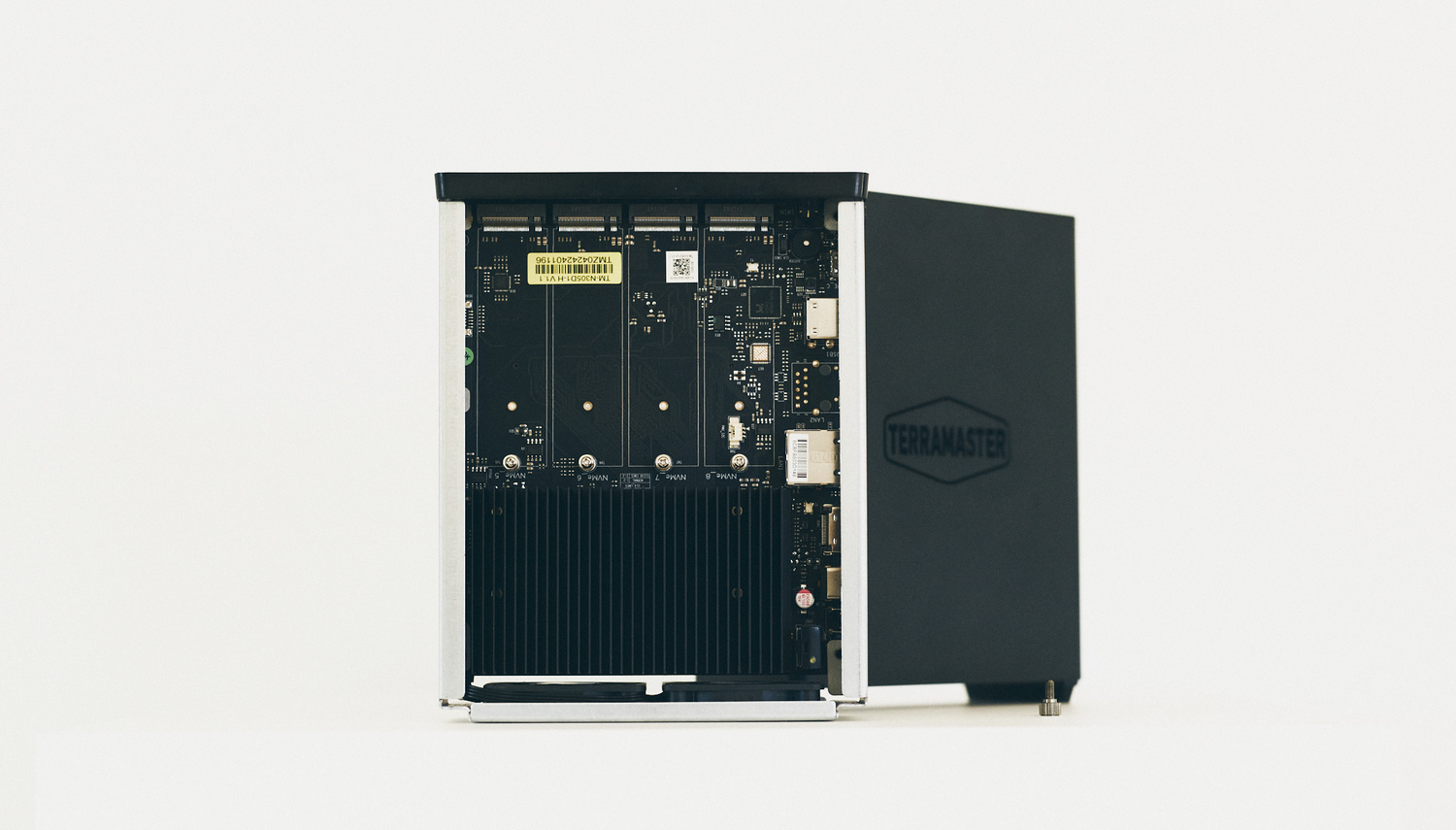
Performance
Let’s discuss the performance of this NAS and how it compares to other solutions in use. One of the main reasons people choose an SSD NAS is for the added performance over HDD solutions.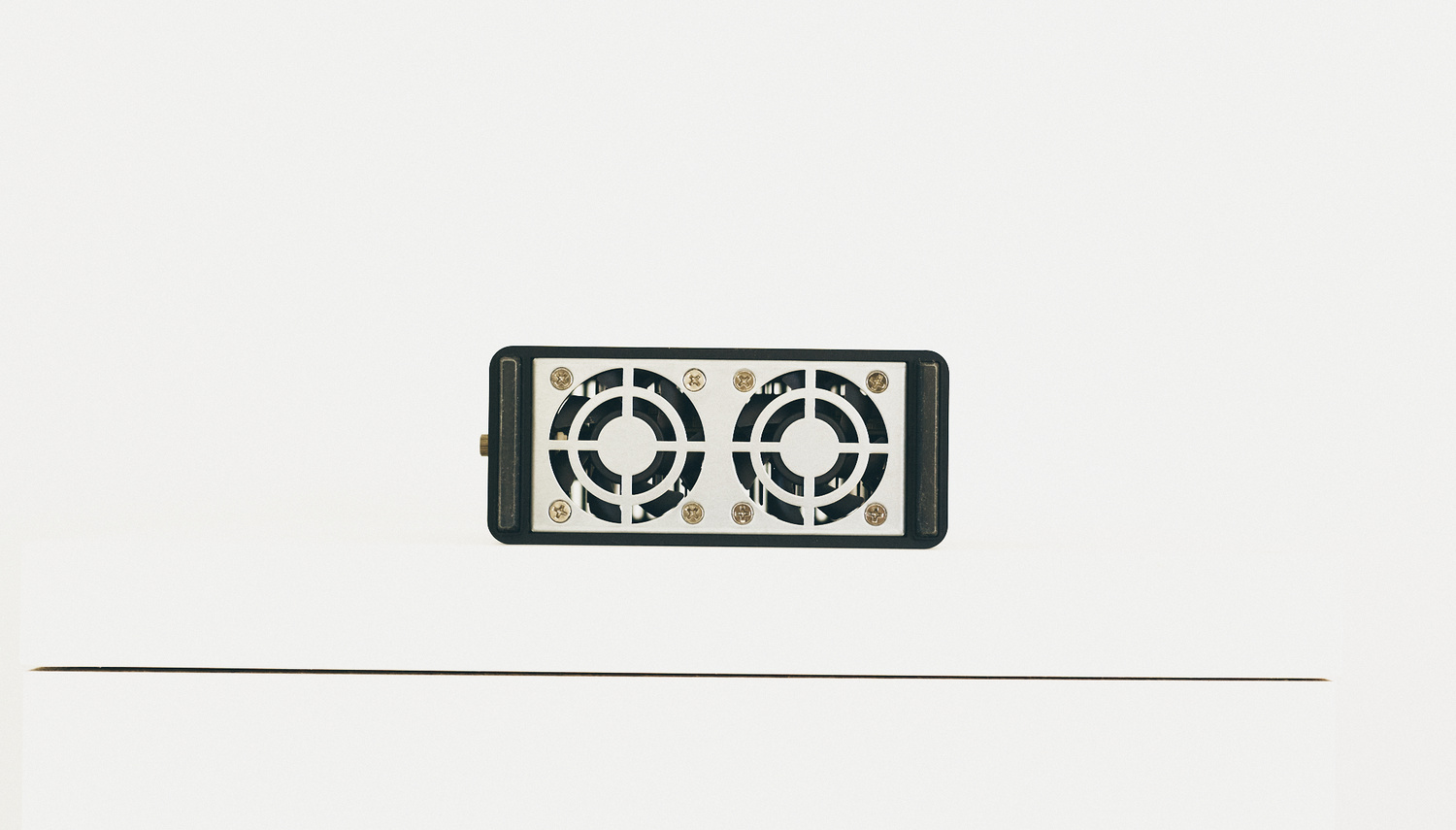
I’m not a professional when it comes to network storage; I’m simply a user who needs fast, reliable network storage. My performance assessment is based on personal experience. If you’re looking for a detailed review of performance characteristics, you may need to look elsewhere.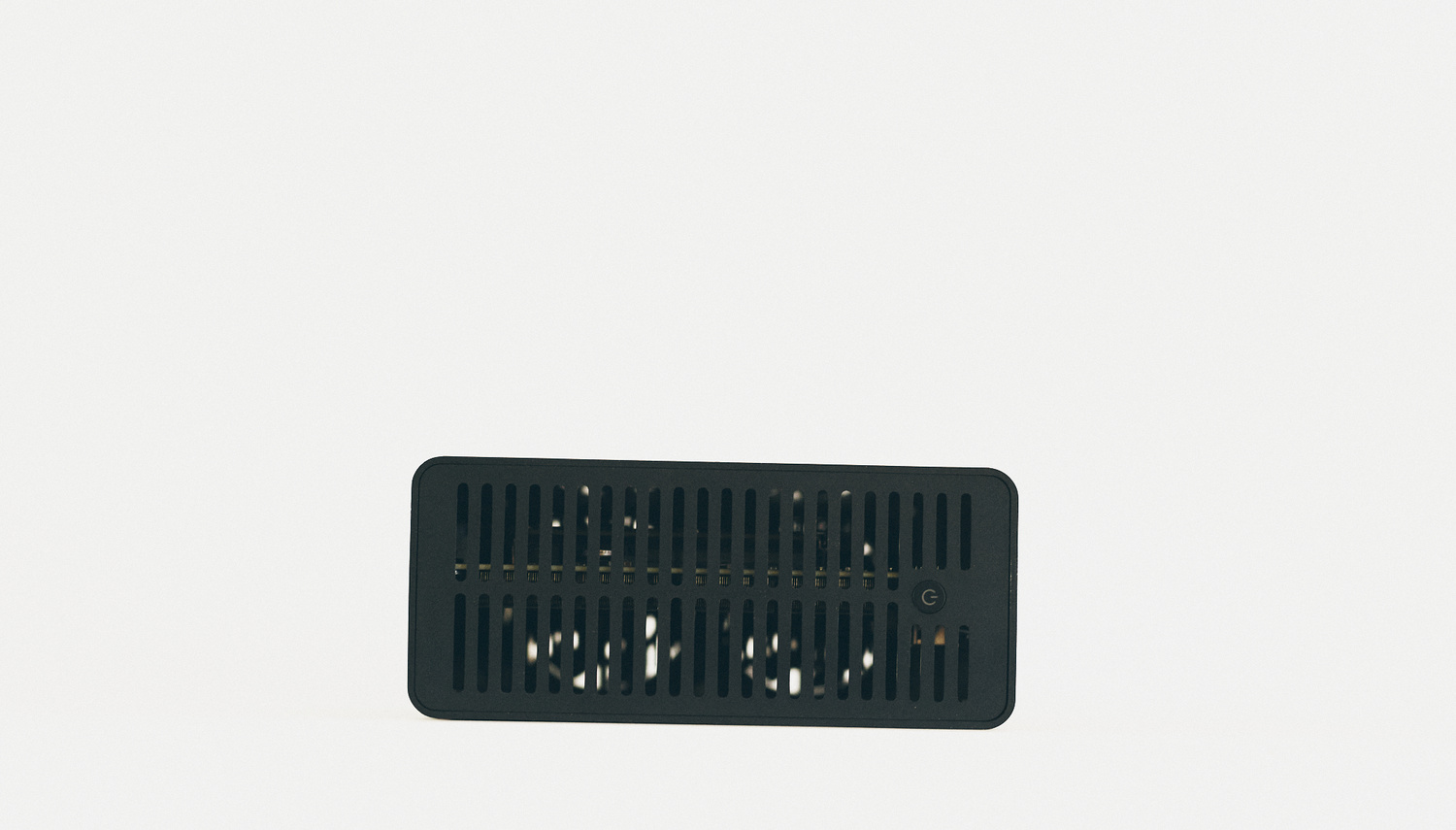
The NAS features an Intel i3 N305 processor with a single 16 GB DDR5 RAM module, expandable to 32 GB. The processor has 8 cores and 8 threads and includes a small integrated GPU.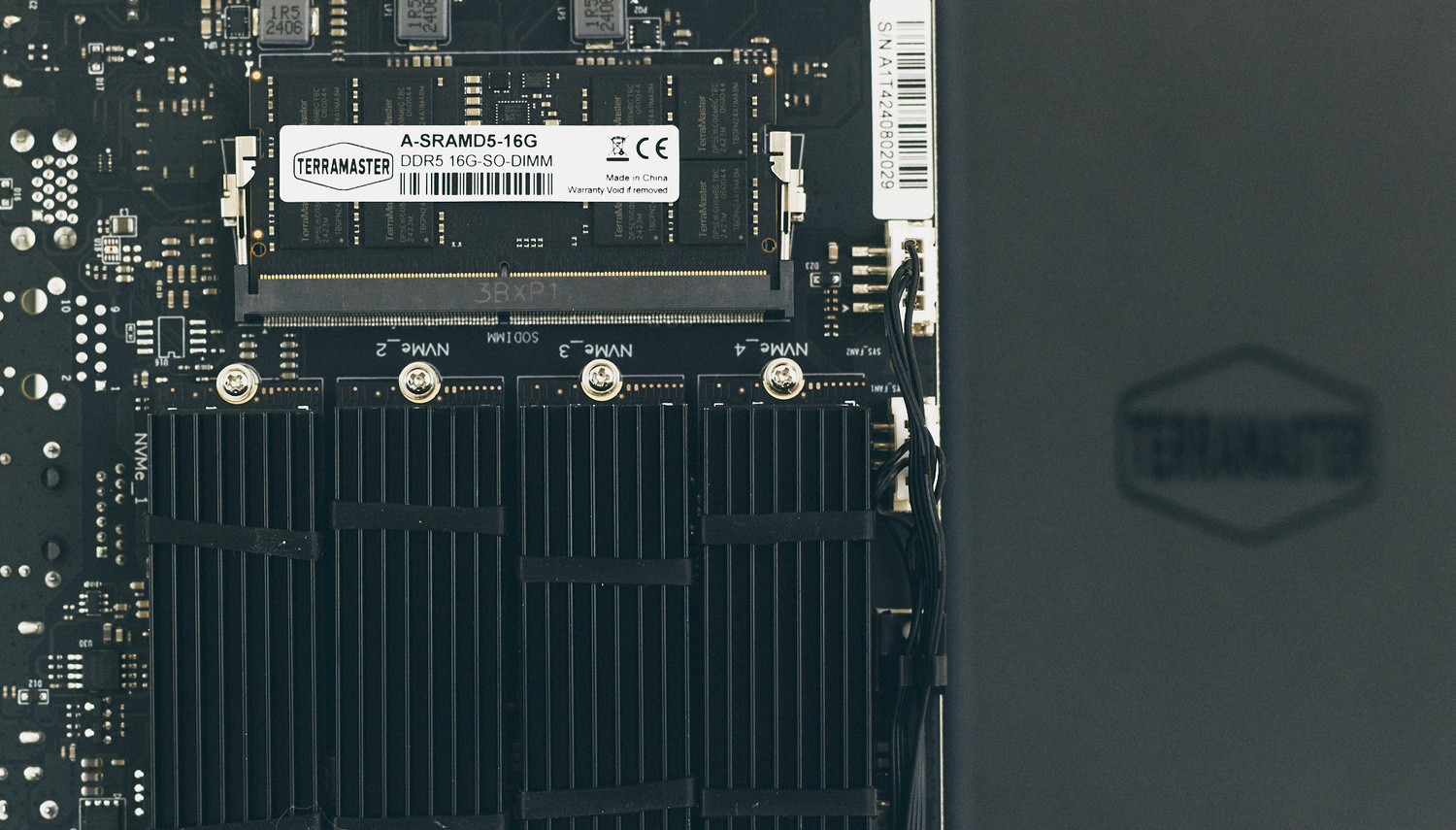
Setting up the NAS is straightforward—you just download the relevant software and let it handle the setup process. The entire process takes about ten minutes. The NAS supports speeds up to 10 Gbps, but achieving those speeds depends on your network. If your network isn’t capable of handling such speeds, you won’t fully benefit from the device. If you invest in this NAS, I strongly recommend upgrading your network. I haven’t yet upgraded mine to take full advantage of its speed.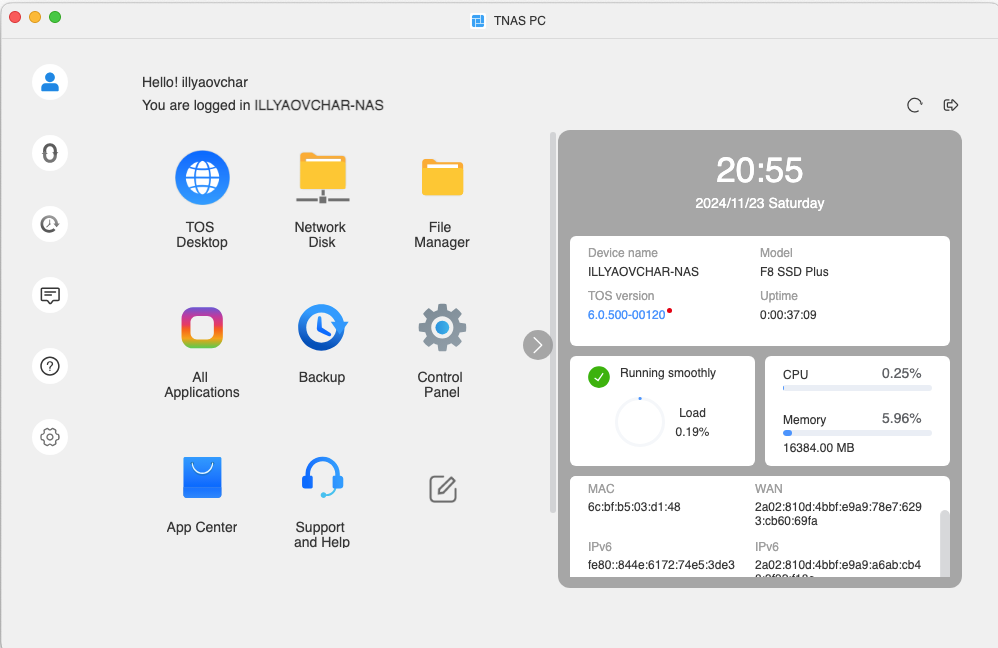
The NAS OS is decent and includes many features. However, it’s not designed for power users who want extensive customization. For someone like me, who prefers basic configurations, it’s absolutely perfect.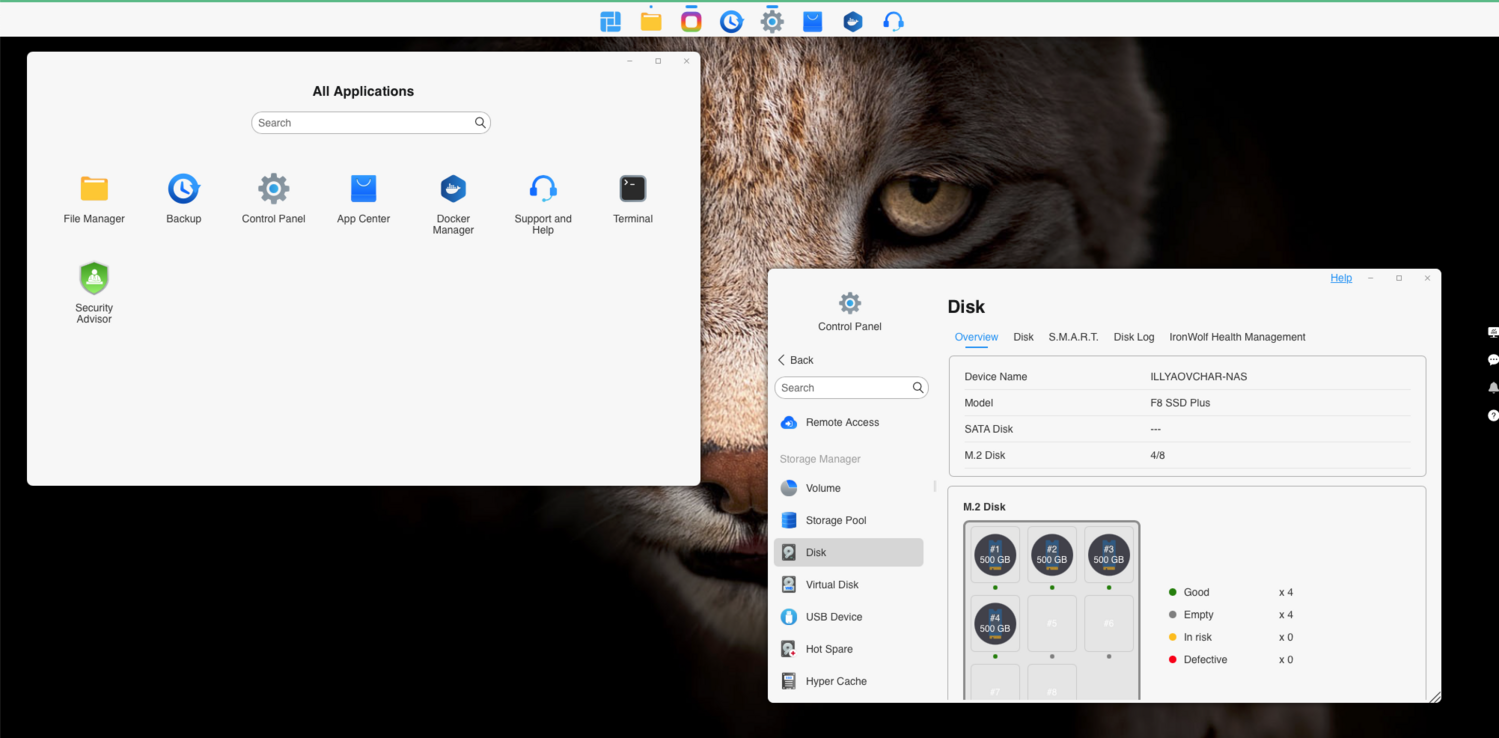
What I Liked
- Price
- Ease of setup
- Hardware capabilities
What Could Be Improved
- My internet connection
- SSD Mounting procedure
- Terramaster Software
Closing Thoughts
The powerful hardware of the Terramaster F8 Plus is likely to be limited by your internet connection. It’s an excellent budget choice for general-purpose SSD NAS servers for users who don’t want to spend too much time fiddling with tech. As a fan of plug-and-play solutions, I appreciate its simplicity. I must say, I’m quite happy with the total cost and the features it offers. And besides, it’s about time I upgraded my internet, right?
